
Ericaceous Plants
We have a polytunnel on our garden centre that staff have fondly nick-named the Acer Tunnel- because of the lovely selection of Japanese Acers we passionately keep well stocked throughout the year. This is also where you’ll find our Camellias through autumn and spring.
Our selection of ericaceous plants can be found all grouped together to make choosing the correct plant for your soil type much easier.
We have both multi stemmed Magnolias which are located on the Ericaceous Table and tree Magnolias which are kept in the tree lines.







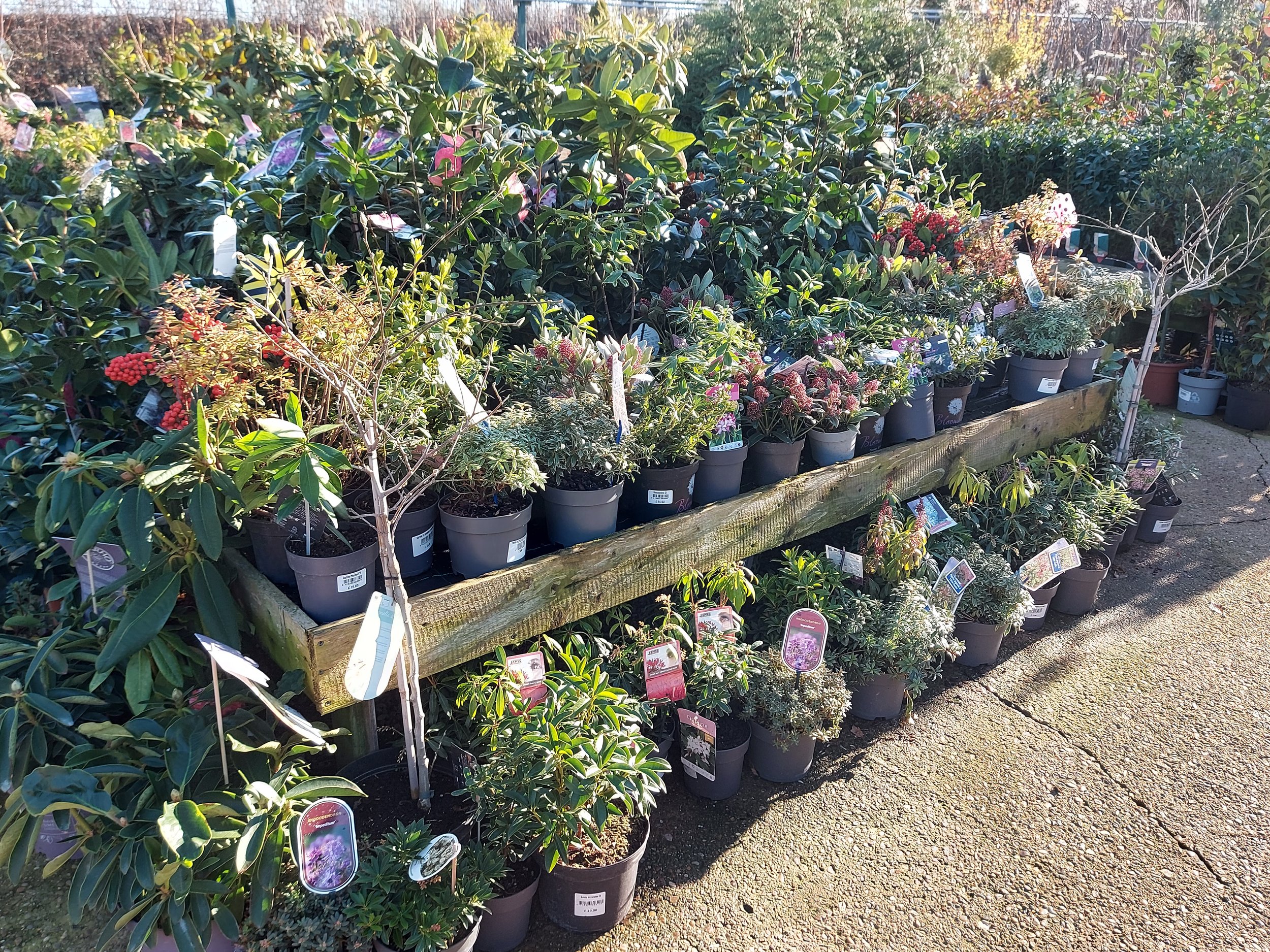



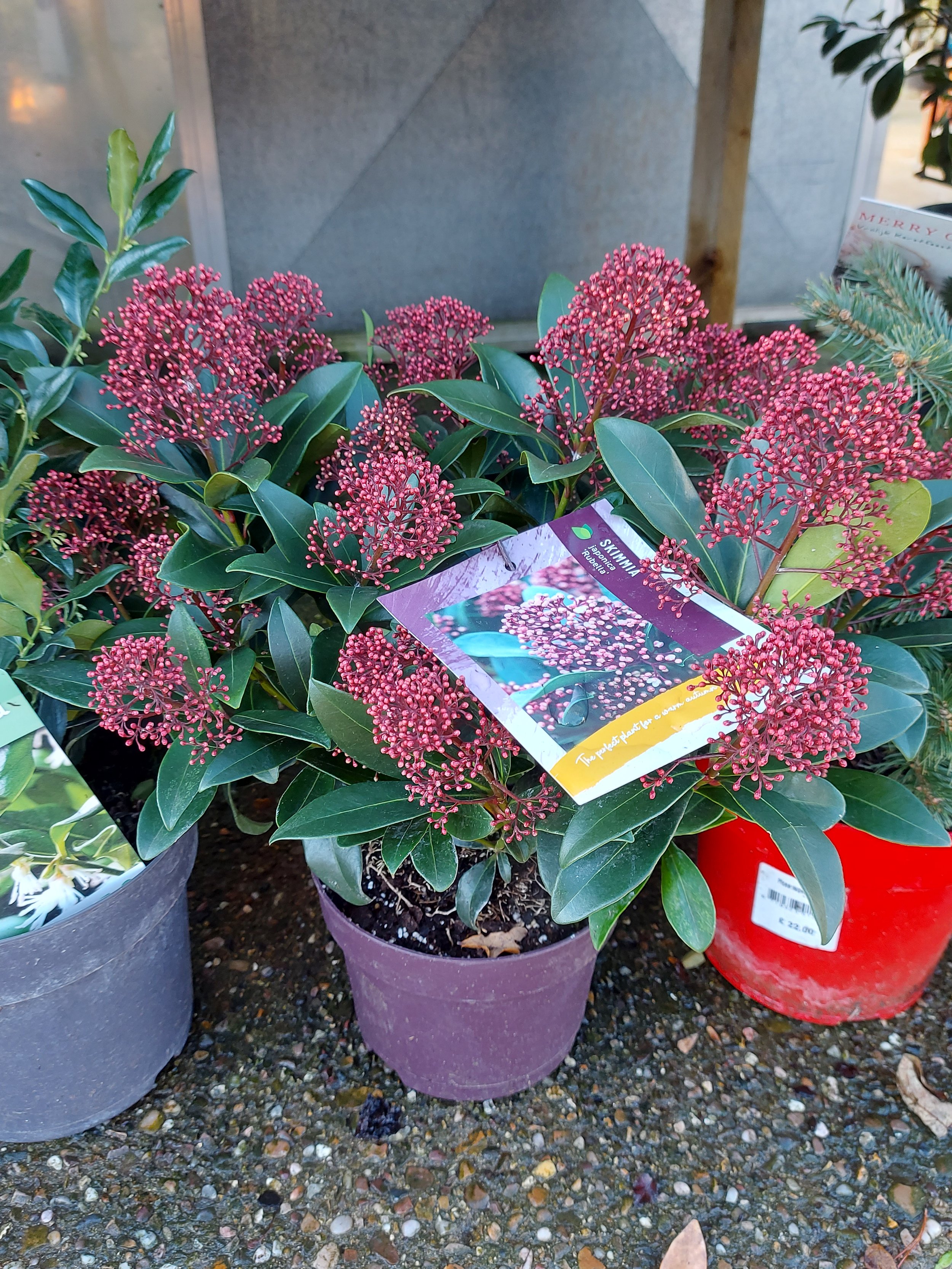


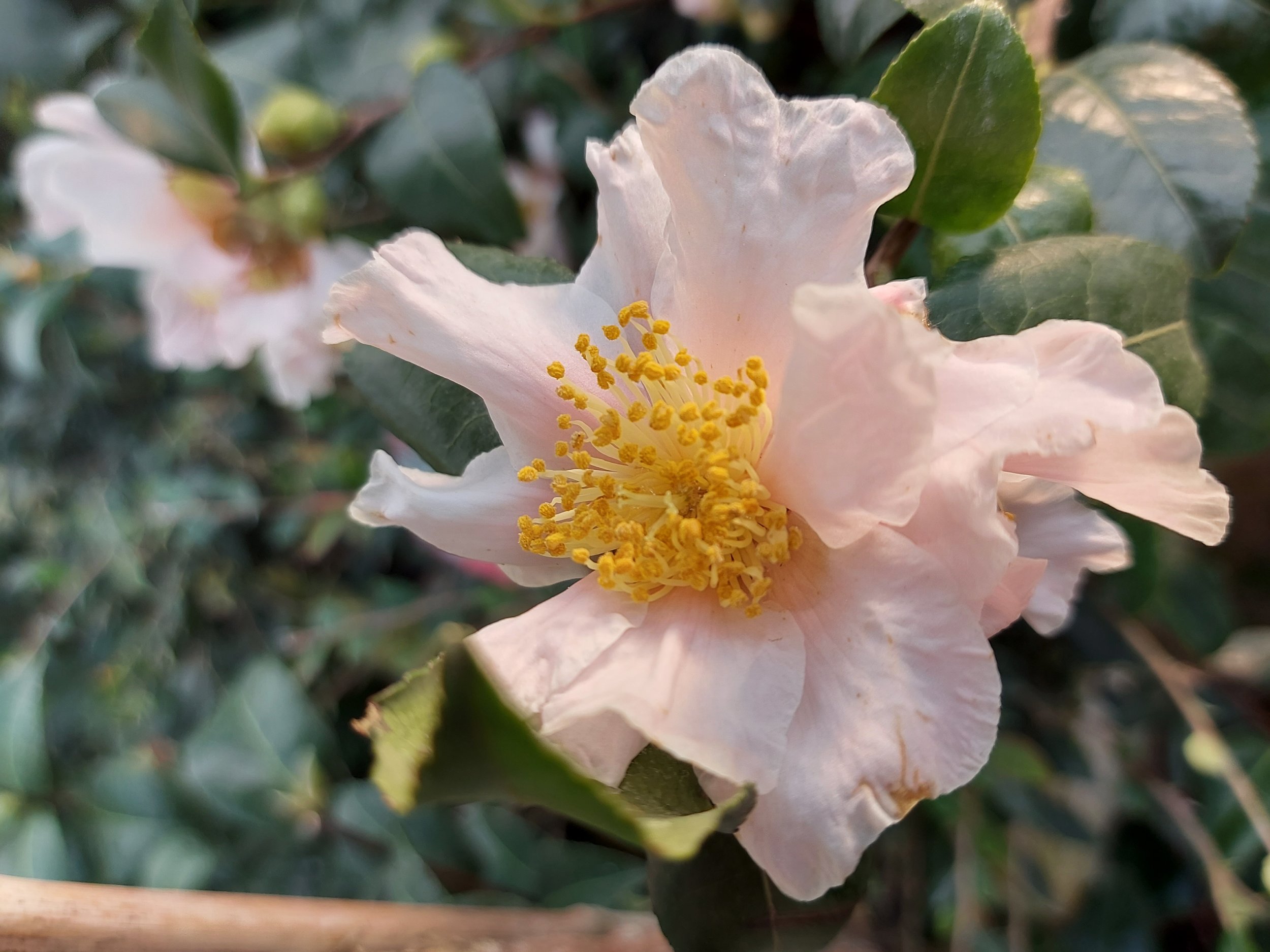







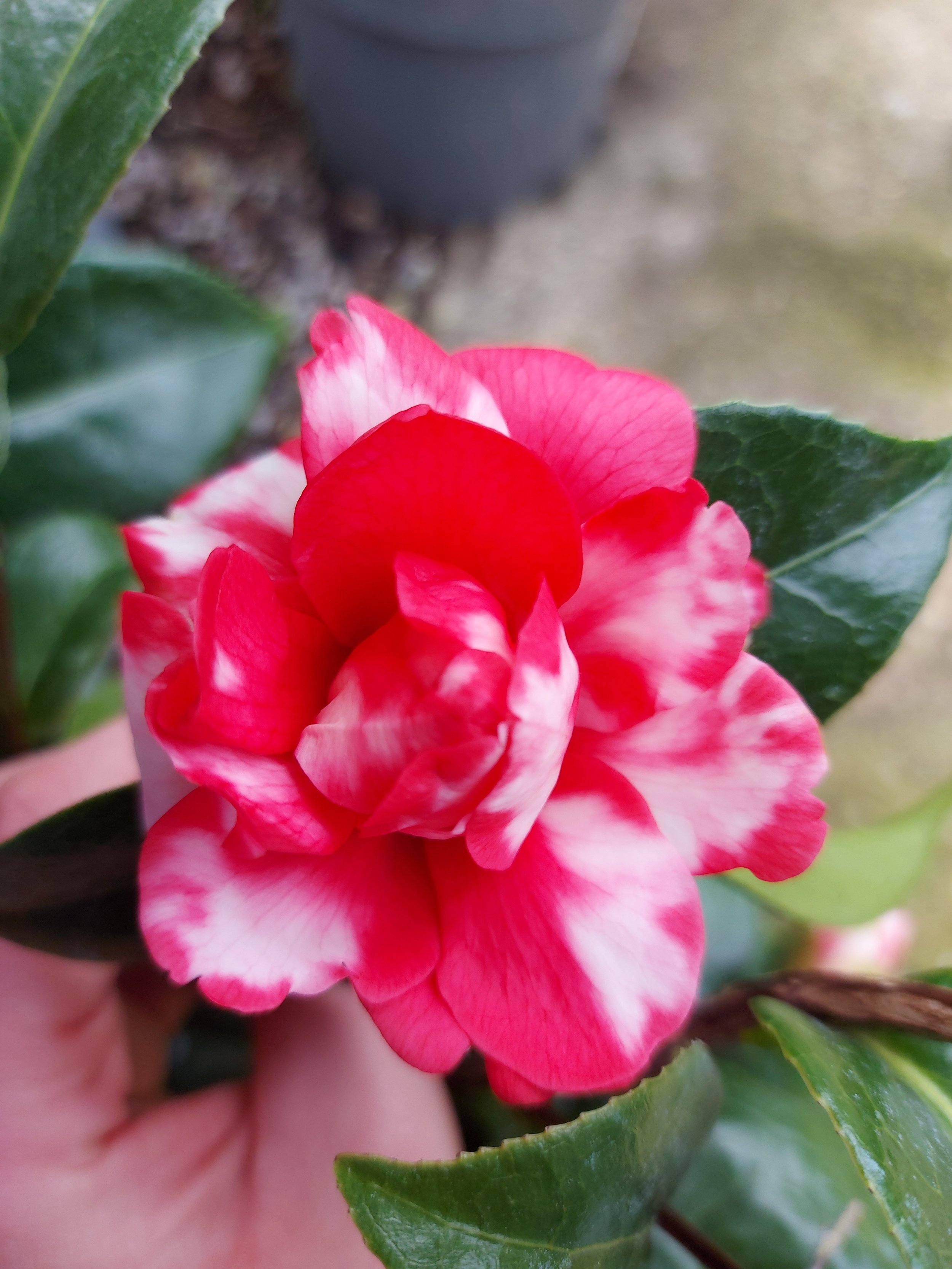





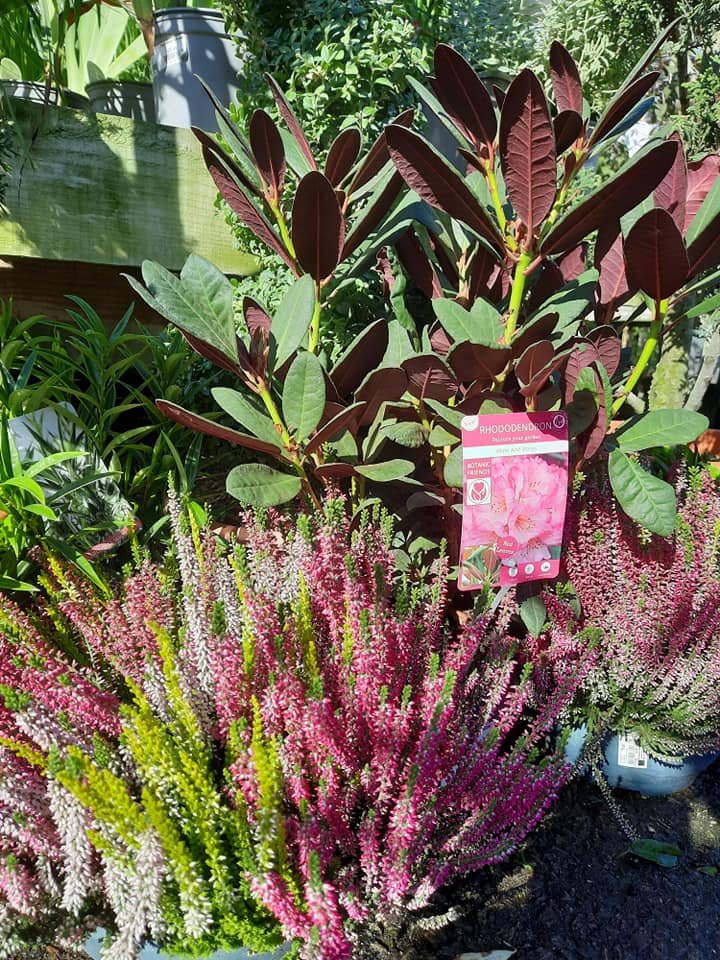












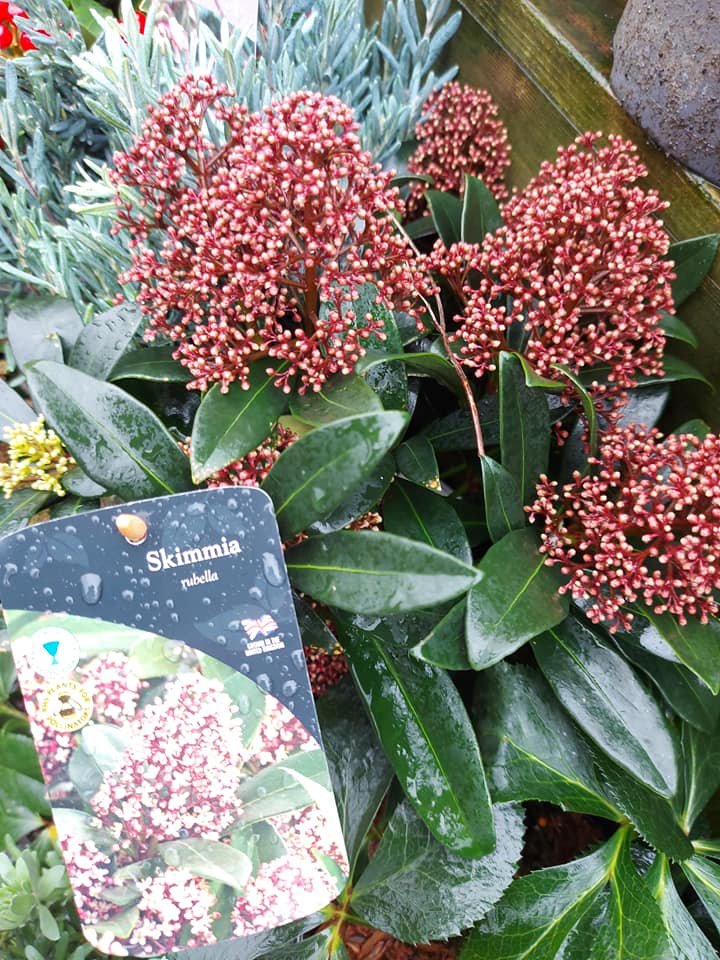
Camellias
These flowering evergreens have glossy green leaves making them beautiful throughout the year. Spring flowering varieties are famous for their large flowers, available in a selection of rich or subtle colours, with golden centres or flecked petals. Autumn flowering varieties have thinner leaves and smaller flowers that stay on the plant for a prolonged period of time.
These shrubs enjoy a woodland situation with a partially shaded site, preferably out of early morning sun. Cold winds can be damaging, but they are suitable for a sheltered north-facing wall.
Daphne
Daphnes are grown for their abundant clusters of fragrant pink, white or yellow flowers which appear between late winter and
early summer. Will thrive in sun or part shade. Most varieties are short slow growing shrubs.
Prefer humus rich, well drained soil.
Enkianthus
Deciduous shrub that produce nodding clusters of cup-shaped flowers in May, followed by flaming shades of red and yellow in
the autumn. Grow in humus rich, moist but well drained, acidic soil.
Kalmia
Ever green shrubs with exquisite clusters of parasol shaped flowers which are borne in spring and early summer.
Skimmia
Evergreen slow growing Spring scented shrubs that will thrive in sun or part shade. Plant in any good moist soil. Star shaped flowers
in oval sprays in greeny white, pink or red appear at the end of stems in autumn, holding the beautiful buds over winter to flower in spring. There are male and female forms with the female producing berries in winter. You will need both sexes for the pollination of flowers for the berries.
Rhododendrons and Azaleas
We stock the best selection from autumn through to spring when they fly off the shelves with their dramatic enormous flowers make these shrubs impulse buys.
Traditional types require an acid soil. Rhododendrons are the ideal subject for that shady site. Shade from the early morning sun helps to reduce frost damage to the early season flowering varieties. Generally the flowering time in Britain is mid spring to early summer.
Plant with an ericaceous compost in a moist well drained site. Water in dry weather especially in the first season. Mulching helps to conserve moisture. Ensure to water well in autumn when next spring flowers are forming in their buds.
Heathers
With their varied flowering periods and changing foliage effects in autumn, a varied selection of heathers will provide your outdoor space with interest all year round.
They create a wonderful border when mixed with dwarf Conifers, Azaleas and Rhododendrons and may be successfully incorporated into a mixed planting scheme and other acid loving plants.
Once established, heathers make beautiful ground cover. For impact, plant them in swathes of one variety of five plants or more, 40-45cm apart. Trim off dead flower heads once all flowers have gone over, these will keep the plants compact and bushy.
Pieris
Pieris is evergreen providing your garden with several months of interest starting with the colourful red spring growth followed by attractive flowers. The new red growth appears in late February, and throughout March when the growth takes up colour and is at its brightest, and whilst that fades lovely flowers appear, usually, but not always white, in April and early May. Pieris requires no maintenance, and the only growing requirement is to be planted in acid soil.
Magnolias
Magnolia are prized for their large tulip or star shaped flowers that come in shades of white, pink, purple and even yellow. They make fantastic ornamental garden trees or shrubs, with the flowering season ranging from early spring to late summer. Whilst many Magnolia trees are deciduous, we also offer evergreen and semi-evergreen varieties that are useful for screening.
Magnolias vary from small shrubs to large trees, with the trees and larger shrubs being ideal as specimens or within borders. The smaller varieties such as Magnolia ‘stellata’ and 'Susan' make fantastic patio features when grown in a pot. Evergreen Magnolia, such as Magnolia grandiflora, are popular for being trained against walls.
A sheltered position will suit Magnolia trees and whilst full sun will give the best flowering, partial shade is often tolerated. Magnolias are best pruned in mid-summer to early autumn, as they can bleed at certain other times of year. Heavy pruning of Magnolia is best avoided, so if they require significant work it is strongly recommended to stagger it over a few years so as not to stress the tree.
Acers - Japanese Maples
Intensely coloured and beautifully shaped foliage make Acer palmatum a firm favourite. Commonly known as Japanese Maple trees, they also boast a graceful shape, whether they're weeping, dwarf or more spreading forms. We offer a fantastic range of popular and rarer Japanese Maple varieties so there is plenty of choice.
Japanese Maples are deciduous small trees renowned for their varied and changing colourful foliage. Some varieties have particularly dramatic seasonal transformations.
The amount of sunlight required varies between cultivators, with red and purple leaved Japanese Maples coping with the most sunlight and even requiring some to fully develop their dark hues. On the other hand, variegated Japanese Maples need partial shade to prevent the afternoon sun from scorching the foliage.
Most are slow growing, making them popular in smaller gardens or planted in large containers as a feature plant.
Although tolerant of all soils, a well-drained soil and sheltered position is preferred. For the best foliage colour, plant using ericaceous compost and water them using rain water instead of tap water. Japanese acers have an attractive domed or spreading natural shape and so require very little pruning. Any pruning should be carried out in the dormant season when frosts arn’t due as Japanese Maples bleed during other times of the year.

